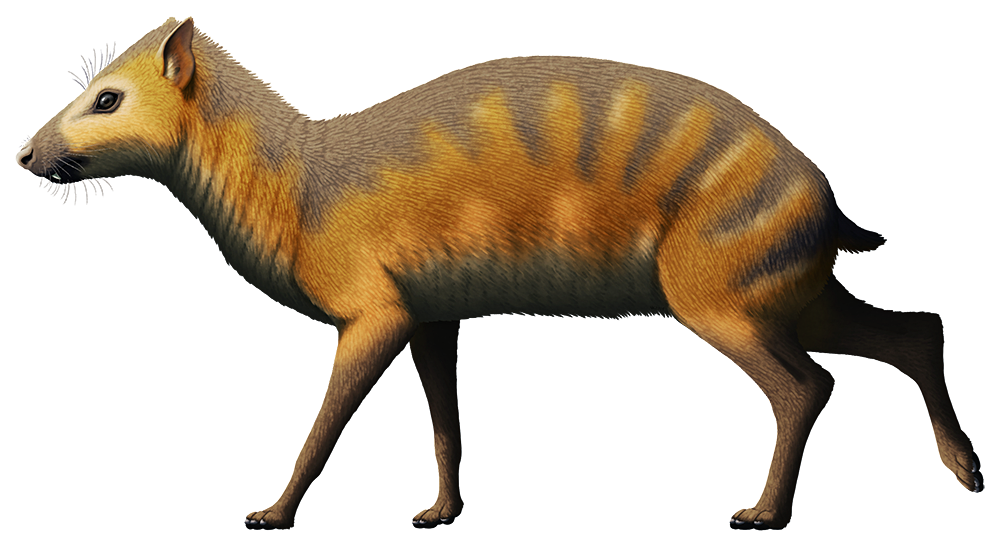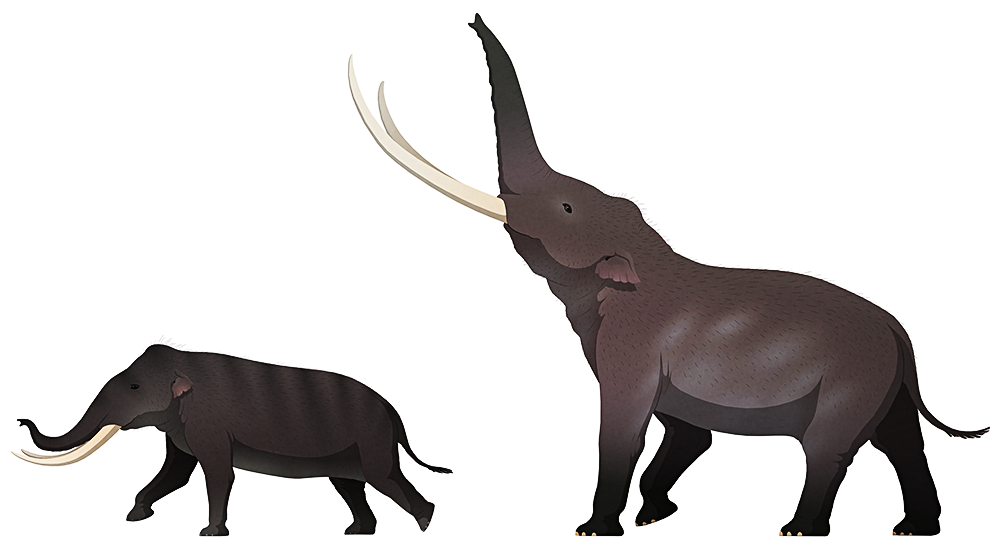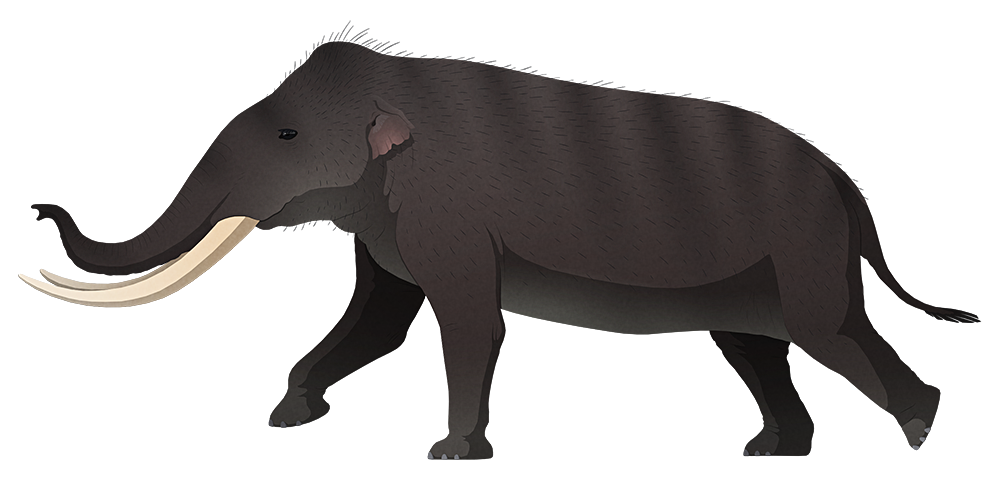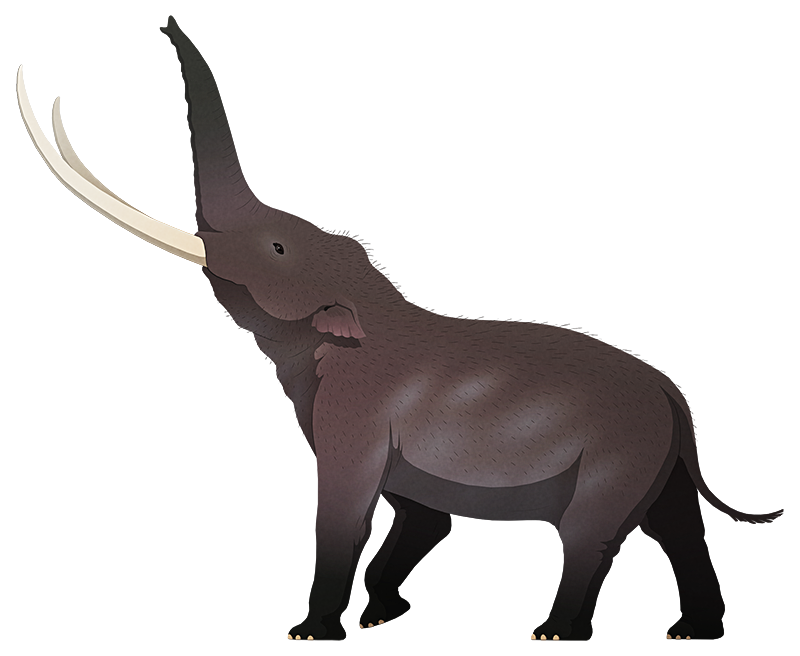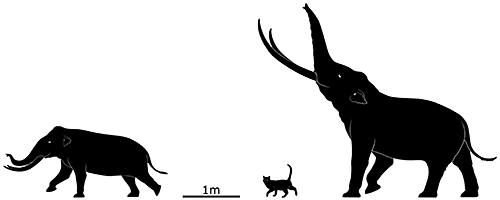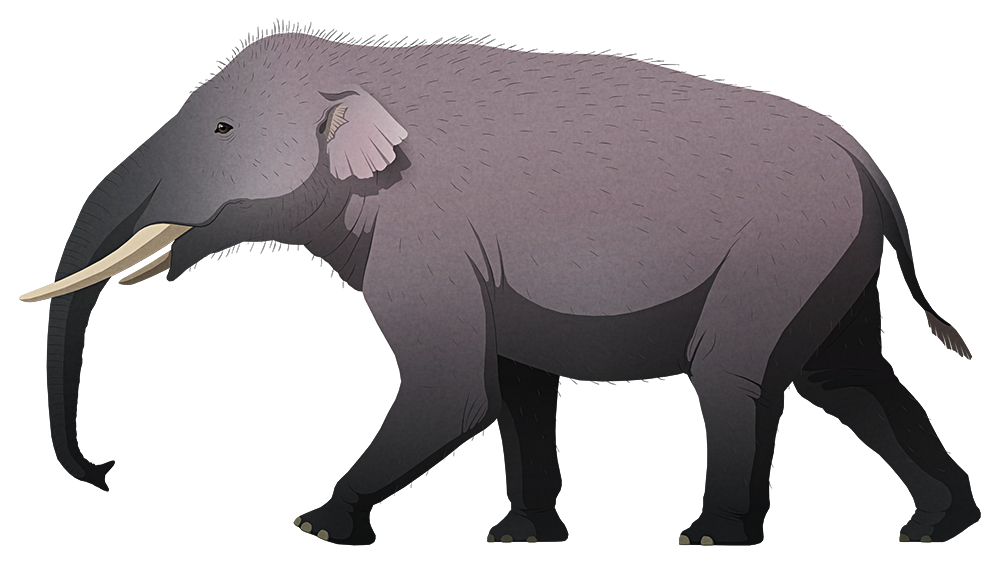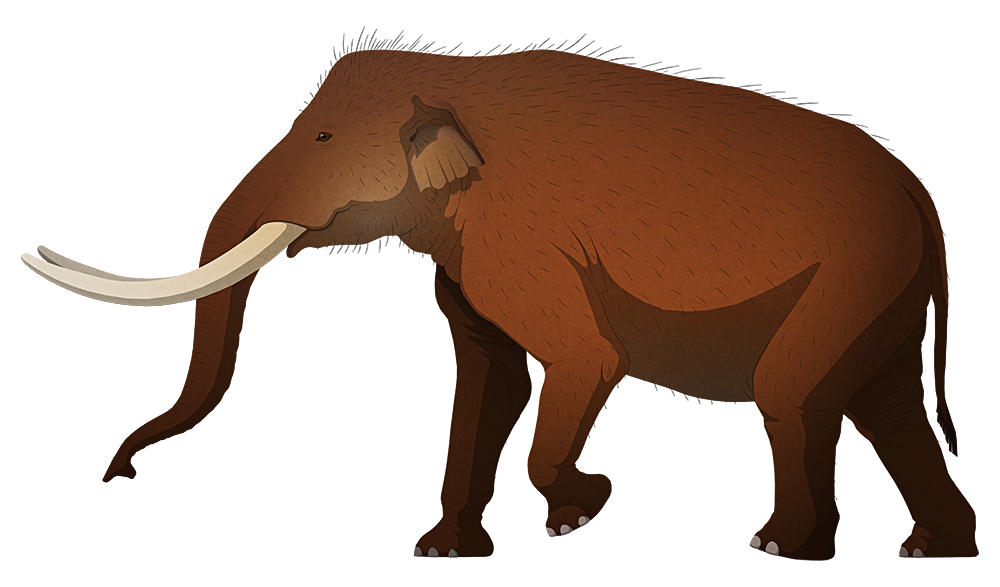This is not a deer.
In Africa during the Eocene and Oligocene, the main terrestrial herbivores were a different type of mammal entirely: hyraxes, the close relatives of elephants and manatees. Although their only modern representatives are small climbing rodent-like animals, hyraxes were once a much more diverse and widespread group, filling a variety of ecological niches and ranging from the size of rats up to the size of rhinos.
Antilohyrax pectidens was a mid-sized example of these diverse hyraxes, standing about 50cm tall at the shoulder (1′8″) and living around 34-28 million years ago in Egypt. It had a deer-like snout and long slender limbs adapted for running and leaping, with leg bones incredibly similar in size and proportion to modern springbok.
Its incisor teeth were comb-shaped and resembled those of colugos, so it was probably a similar sort of selective browser eating soft leaves and shoots.

